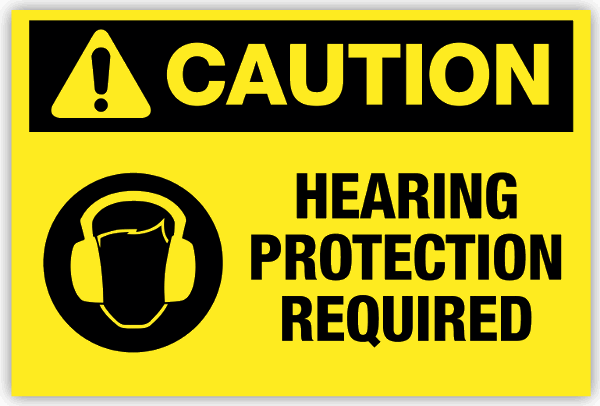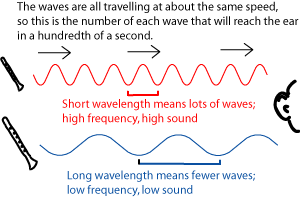Sound Part four:
Part four of our technical notes will explain noise and the effects of noise pollution.
You want your home to be an oasis, a place where your family can relax and disconnect from the hustle and bustle of the outside world. Would you like to hear your noisy neighbors blaring their radio for the third time of the week while in your own home? My guess is most likely not; it’s a nuisance and it is not desired; it’s noise. By definition, noise is a sound not wanted that causes a disturbance.
Ambient noise:
Ambient noise is background noise that is always present. The nature and level of this sound can vary considerably, sometimes turning into a distraction or nuisance. For urban dwellers, this type of noise can occur in a variety of ways. It might include cars, horns, construction, trains, aircrafts and voices. For rural regions, the sound of farm animals, wildlife, wind in trees and tractors might be a part of the ambient noise pattern.
Noise control:
Noise control is an active or passive means of reducing sound emissions, often incentivized by personal comfort, environmental considerations or legal compliance. Noise control is NOT the same as noise reduction. Noise reduction is the process of removing noise from a signal.
Effects of noise pollution:
It is almost impossible to find complete peace and quiet. There is increasing evidence that long-term environmental noise above a certain level can have a negative influence on your health. These effects can be physical, mental and possibly even disrupt children’s learning. Noise pollution is an often overlooked source of environmental stress. In the U.S. it’s estimated that 100 million people are exposed to unhealthy levels of noise, typically from automobile and aircraft traffic (although everything from leaf blowers and lawnmowers to loud music can also contribute).
It is very clear that noise pollution does affect a large number of people and is a significant risk to human health. It is important to think about the materials available to reduce noise in order to save our health.
How much noise reduction is accurate?
To determine the magnitude of precise noise reduction follows the steps:
- Assess environmental noise on existing and expected conditions.
- Determine what level of noise is acceptable.
- The difference in levels between steps 1 and 2 represents sound reduction you have to achieve to get an acceptable environment (Determined according to the frequency).
Everyone faces the challenges of noise and thankfully, it is possible to reduce unwanted sounds. There are a wide array of products on the market that excel at noise reduction. We hope part four of our series was able to help you with some basic understandings of unwanted noise and the harmful effects. To achieve your peaceful oasis click here.

